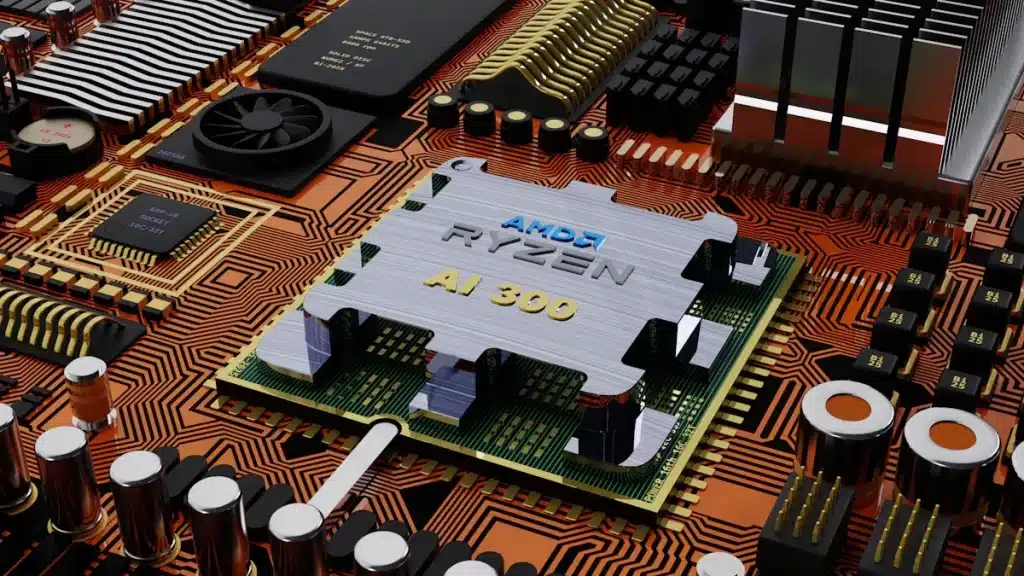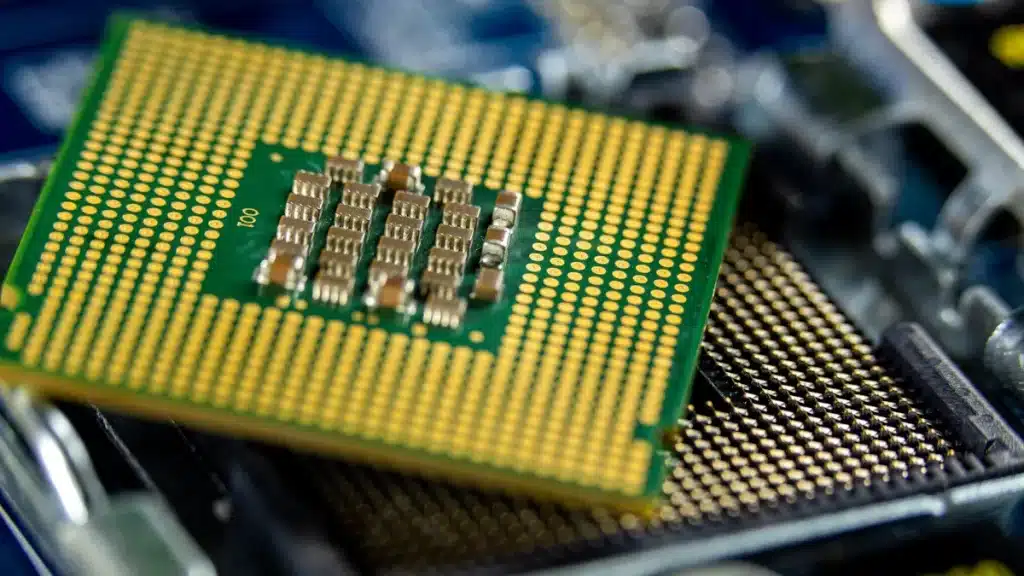
In 2025, the best OPC-UA compatible PCBA solutions are TOP Server, PTC OPC Server, and National Instruments OPC Solutions. These choices are important because they align with new industry rules. Each one offers unique features tailored to today’s automation needs.
Compare these OPC-UA compatible PCBA solutions to determine which one works best for you. They facilitate industrial automation and ensure seamless connectivity for IoT devices. These tools share data reliably, enabling you to create smarter and better-connected systems.
Key Takeaways
Pick the best OPC-UA PCBA solution for your project size. TOP Server is flexible, PTC OPC Server is secure, and National Instruments is fast.
Check performance like how well it works and prevents problems. These features cut downtime and make workplaces safer.
Make sure it works with OPC-UA standards to connect devices easily. This helps with upgrades and adding new devices later.
Find affordable options that are worth the cost over time. Good systems save money on fixing and upkeep.
Choose designs that can grow with your IoT needs. Modular systems let you add parts without replacing old ones.
Criteria for Evaluating OPC-UA Compatible PCBA Solutions
Performance
When choosing OPC-UA PCBA solutions, performance is very important. The system should boost production and cut downtime. These tools help maintain equipment and prevent sudden failures. They also improve safety, making workplaces safer for everyone.
The table below shows key performance goals:
Performance Benchmark | Description |
|---|---|
Better Production Efficiency | Improves how well production runs using OPC-UA features. |
Saving Money | Shows how OPC-UA solutions can lower costs. |
Eco-Friendly Practices | Promotes greener methods with the help of OPC-UA tools. |
Preventive Equipment Care | Helps maintain systems early to avoid unexpected problems. |
Safer Workplaces | Improves safety by better monitoring and control systems. |
Durable and Reliable Equipment | Makes machines last longer and work more dependably. |
These goals prove how effective OPC-UA solutions are for industries.
Compatibility with OPC-UA Standards
Being compatible with OPC-UA standards helps systems work together easily. OPC Unified Architecture (UA) is a popular way for machines to communicate. It allows switching between protocols like Ethernet, CAN, and RS-485.
Look for solutions with programmable controllers that allow updates. These updates help support new communication methods. Testing is needed to ensure they work with common industrial devices. Hardware with strong processing power is also key for future upgrades.
Scalability for IoT Applications
Scalability is crucial for IoT and IIoT systems to grow. OPC-UA PCBA solutions must handle more data and devices over time. They should work with IoT protocols like MQTT and AMQP for smooth data sharing.
For small IoT setups, modular designs make adding parts easy. For bigger systems, strong EMI/EMC protection keeps signals clear in tough conditions. Noise resistance improves with opto-isolation and differential signaling. Durable PCBs and connectors ensure the system lasts longer.
Scalable solutions prepare IoT systems for growth without losing quality.
Cost-effectiveness
When picking OPC-UA PCBA solutions, cost-effectiveness is key. Choose a solution that balances price, performance, and reliability. Spending less now might cost more later for repairs or upgrades.
Here are important points to check for cost-effectiveness:
Initial Investment vs. Long-term Value
Don’t just look at the price. Paying more upfront can mean fewer problems later. For example, strong connectors and tough PCBs last longer in rough conditions, saving money on replacements.Energy Efficiency
Energy-saving designs cut costs over time. PCBA solutions with low-power features use less energy, which is helpful for big setups. Look for energy-saving modes or efficient parts.Scalability and Upgradability
Scalable systems grow with your needs. Modular designs and programmable controllers let you add devices or protocols without replacing everything. This saves money in the future.Maintenance and Downtime
Reliable systems reduce costly downtime. Features like EMI/EMC protection and early maintenance tools keep things running smoothly. This avoids surprise repairs or work stoppages.
💡 Tip: Pick a solution tested for compatibility. This avoids costly problems when connecting to your current devices.
Support and Warranty
Good warranties and helpful support are valuable. They protect your system and give peace of mind, especially for important tasks.
By focusing on these points, you can find a cost-effective OPC-UA PCBA solution that works well without losing quality.
Comparison of Top OPC-UA Compatible PCBA Solutions

TOP Server
TOP Server is a flexible tool for industrial automation. It connects devices and software, making communication smooth and easy. With strong OPC-UA support, it links many devices like PLCs and HMIs. This makes it great for both small IoT setups and big industrial systems.
One big advantage is its ability to grow with your needs. Whether you have a few devices or a large network, TOP Server adjusts easily. Its modular design lets you add drivers or protocols, like MQTT and AMQP, without replacing the system. This keeps your setup ready for the future.
TOP Server also performs very well. It reduces delays, allowing real-time data sharing between clients and servers. This is important for tasks needing accurate control and monitoring. Plus, its simple interface makes setup quick and easy.
Tip: If you want a budget-friendly option that grows with you, consider TOP Server.
PTC OPC Server
PTC OPC Server is made for businesses needing advanced IoT features. It works well with ThingWorx, PTC’s IoT platform, to create smart systems. It supports many IoT protocols, making it great for complex setups.
This server focuses on following OPC-UA standards. It ensures devices from different brands share data smoothly. This makes combining systems easier and saves time and money.
Scalability is another strong point. It handles large data loads, perfect for industries like energy and manufacturing. Its security features, like encryption and authentication, keep your data safe from cyber risks.
PTC OPC Server also offers fast and reliable performance. It supports real-time monitoring and analytics, helping you make better choices. Its ThingWorx integration adds advanced tools for better system visuals.
Note: Pick PTC OPC Server if you need IoT features with strong security and analytics.
National Instruments OPC Solutions
National Instruments (NI) OPC Solutions are for users needing high-performance systems. They are built on NI’s hardware and software expertise, offering smooth OPC-UA compatibility.
NI OPC Solutions work well with many IoT protocols, ensuring devices share data easily. This makes them a dependable choice for both IoT and IIoT projects.
These solutions are designed to grow with your system. Whether adding devices or expanding networks, their modular design makes upgrades simple and affordable.
NI OPC Solutions are also known for their speed and reliability. They are great for real-time data tasks where accuracy matters. Their strong EMI/EMC protection ensures stable performance in tough conditions.
Tip: Choose National Instruments OPC Solutions if you need reliable, scalable, and high-performance systems.
Use Cases for OPC-UA Compatible PCBA Solutions

Small-scale IoT Applications
OPC-UA compatible PCBA solutions work well for small IoT setups. They help connect and manage devices easily in tight spaces. Using OPC UA ensures devices talk to each other, no matter the brand. This makes digital upgrades simpler and supports Industry 4.0 goals.
For example, in a small factory, these solutions improve data sharing. They also help track product quality better, keeping standards high. Strong cybersecurity features protect your data and keep systems safe. This boosts both security and productivity.
Use Case Description | Benefit |
|---|---|
Using OPC UA for Industry 4.0 | Helps devices work together globally and supports upgrades. |
Connecting devices from different brands in a factory | Improves data sharing and makes tracking product quality easier. |
Cybersecurity for IoT systems | Keeps connections safe and improves work efficiency. |
These tools are great for small IoT setups. They help build secure systems that grow with your needs.
Large-scale Industrial Automation
For big factories, OPC-UA PCBA solutions handle complex systems well. They support top IoT protocols like MQTT and AMQP for smooth data flow. This is important for industries like energy and manufacturing where real-time data matters.
These solutions grow as your factory expands. They work with more devices and handle extra data easily. Features like EMI/EMC protection keep systems stable in tough conditions. Tools like opto-isolation make signals clearer, reducing errors.
They also improve how factories run. Real-time monitoring helps you make smart choices and avoid downtime. By using OPC UA, devices from different brands work together better. This saves time and money, making big systems easier to manage.
Budget-sensitive Projects
For projects with tight budgets, OPC-UA PCBA solutions are a smart pick. They balance cost, performance, and reliability for good value. While upfront costs may be higher, they save money over time.
Turnkey PCB assembly simplifies production by handling everything in one place. This reduces hidden costs and speeds up project completion. Unified quality checks improve consistency and lower the chance of mistakes.
Aspect | Turnkey PCB Assembly | Traditional Separated Processes |
|---|---|---|
Initial Costs | Higher due to full-service package | Lower when looking at separate steps |
Hidden Costs | Few, most included | More, like shipping and managing vendors |
Long-term Savings | Big savings from streamlined processes | Higher costs due to inefficiencies |
Lead Times | Shorter, all handled together | Longer due to switching between vendors |
Quality Consistency | High, unified checks | Varies across different vendors |
Error Detection | Early and effective | Delayed, found later in the process |
Accountability | Clear, one team responsible | Complicated, multiple vendors involved |
Choosing OPC-UA solutions cuts downtime and lowers maintenance costs. Features like EMI/EMC protection and early error detection keep systems running well. Good warranties and support also protect your investment, giving peace of mind.
Picking the right OPC-UA PCBA solution depends on your needs. TOP Server is flexible and grows with IoT systems. PTC OPC Server is great for security and data analysis. National Instruments OPC Solutions work well in tough environments needing high performance.
Think about your project size, budget, and goals. For small IoT setups, choose modular designs that save money. For big automation projects, pick scalable systems with strong communication tools.
Using OPC Unified Architecture helps devices connect easily. It also prepares your IoT systems for the future. This method follows UA standards, making devices work safely and smoothly together.
FAQ
What is OPC-UA, and why does it matter for PCBA solutions?
OPC-UA means Open Platform Communications Unified Architecture. It helps devices share data safely and easily. For PCBA solutions, it ensures systems work together well. This makes IoT and automation projects future-ready.
How do OPC-UA PCBA solutions help systems grow?
These solutions use modular designs and IoT protocols like MQTT. You can add devices or expand networks without replacing parts. This keeps your system growing while staying reliable and fast.
Are OPC-UA PCBA solutions good for small IoT setups?
Yes, they are great for small projects. They make devices talk to each other better and share data faster. Modular designs allow easy upgrades, keeping costs low as your system grows.
What should you look for in an OPC-UA PCBA solution?
Check for performance, compatibility, and cost-effectiveness. Look for features like EMI/EMC protection and modular designs. Good warranties also help save money and keep systems running smoothly.
Can OPC-UA PCBA solutions lower maintenance costs?
Yes, they can. Features like error detection and EMI/EMC protection reduce downtime. Reliable systems last longer and avoid costly repairs, saving money over time.